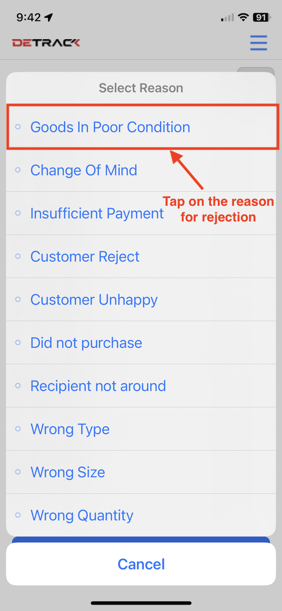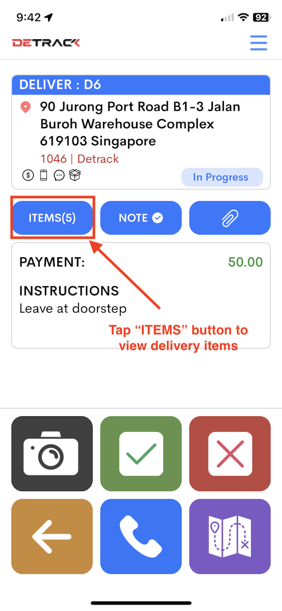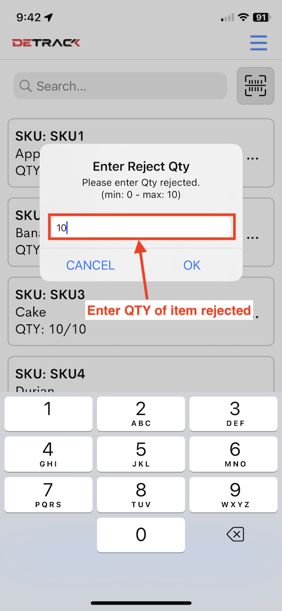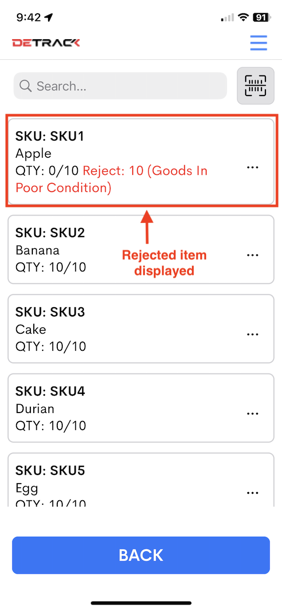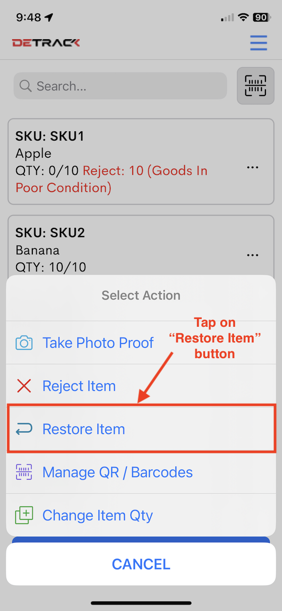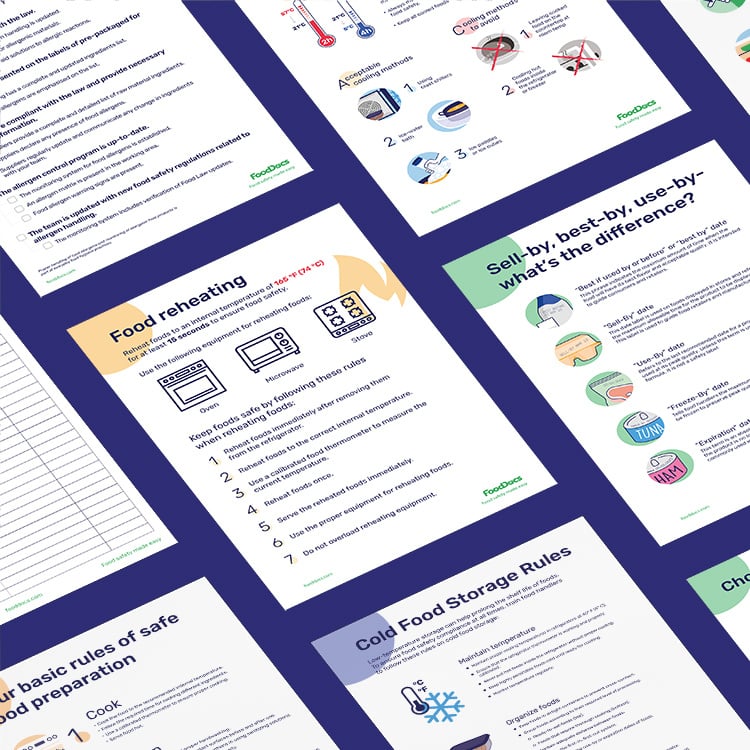Which Items Should Be Rejected Upon Delivery

Receiving a delivery, whether it's furniture, electronics, or even groceries, should be a convenient and satisfying experience. However, accepting a damaged or incorrect item can lead to headaches and financial losses. Knowing what to inspect and when to reject a delivery is crucial for protecting consumer rights and ensuring you receive what you paid for.
This article outlines key items that should be carefully examined upon delivery and provides guidance on when rejection is the best course of action. It aims to empower consumers with the knowledge to navigate the delivery process confidently and avoid potential disputes with retailers and delivery companies.
Furniture Deliveries: Scrutinizing for Damage
Furniture deliveries often involve bulky and expensive items. Inspecting these items thoroughly before signing off on the delivery is paramount.
Begin with the external packaging. Look for any signs of damage, such as tears, dents, or crushing. These could indicate mishandling during transit. Note any visible damage on the delivery receipt before the driver leaves.
Once unwrapped, examine the furniture itself for scratches, dents, tears in the upholstery, or misaligned parts. "Hidden damage", discovered after the delivery team has left, can be difficult to prove, making immediate inspection vital.
Electronics: Power On and Check Functionality
Electronics, particularly large appliances and televisions, require a different inspection approach. External damage is, of course, a red flag. But functionality testing is equally important.
For appliances like refrigerators and washing machines, ensure they are level and undamaged. Plug them in immediately and check if they power on and begin their initial cycles. Report any unusual noises or error messages to the delivery personnel.
For televisions and other display devices, check for screen damage like cracks or dead pixels. Power the device on and test different input sources to ensure they are working correctly.
"Many retailers have strict return policies on electronics, making immediate inspection critical," according to the Consumer Reports website.
Grocery Deliveries: Perishables and Temperature Control
Grocery deliveries have surged in popularity, making it essential to know what to look for. Temperature control is the primary concern with perishable goods. Reject items that are not delivered at the correct temperature.
Frozen items should be solid and free from signs of thawing. Refrigerated items should feel cold to the touch. Avoid accepting dairy, meat, or seafood that feels warm or appears to have been compromised.
Inspect all produce for bruising, mold, or signs of spoilage. Check expiration dates on all items and reject anything that is past its prime. Food safety should always be the top priority.
Packages Showing Obvious Signs of Tampering
Regardless of the contents, any package displaying signs of tampering should be refused. This includes torn or resealed packaging, missing tape, or evidence of liquid leakage.
If you suspect tampering, inform the delivery driver immediately and contact the sender or retailer. Document the condition of the package with photographs before refusing delivery.
Accepting a tampered package can compromise your security and potentially expose you to stolen or damaged goods. Your refusal and reporting it helps the shipper improve delivery process and hold delivery companies accountable.
Documenting Issues and Communicating with the Seller
Whenever you discover damage or an issue with a delivery, thorough documentation is key. Take clear photographs or videos of the damage, both to the packaging and the item itself.
Keep detailed records of your communication with the seller or delivery company, including dates, times, and the names of the individuals you spoke with. Written communication, such as emails, is preferable as it provides a clear record of your claims.
Most reputable retailers and delivery services have established procedures for handling damaged or incorrect deliveries. Follow their instructions carefully and be prepared to provide supporting documentation.
Knowing Your Rights as a Consumer
Consumers have rights when it comes to damaged or incorrect deliveries. The Federal Trade Commission (FTC) provides guidance on consumer rights related to mail, internet, or phone orders. Knowing these rights can help you navigate disputes effectively.
Generally, you have the right to refuse delivery of damaged goods and receive a refund or replacement. Retailers are responsible for ensuring that goods arrive in good condition. Some states also have specific laws regarding delivery timeframes.
If you encounter resistance from the seller or delivery company, consider filing a complaint with the FTC or your state's consumer protection agency.
The Impact of Informed Delivery Decisions
By taking the time to inspect deliveries and reject damaged or incorrect items, consumers can save themselves time, money, and frustration. It also holds retailers and delivery companies accountable for providing quality service.
Rejecting a substandard delivery may feel inconvenient in the moment. But it’s a necessary step in protecting your consumer rights and ensuring that you receive what you paid for.
Informed consumers contribute to a more efficient and reliable delivery ecosystem for everyone.

.jpg)
